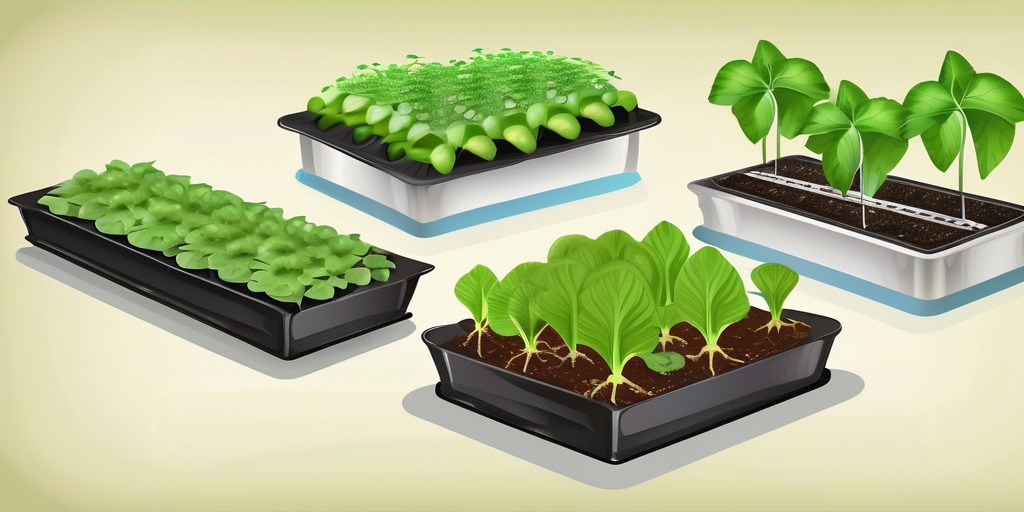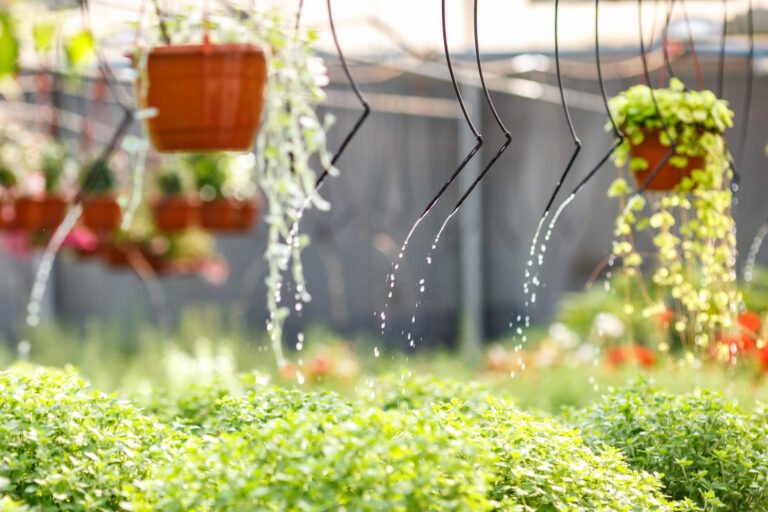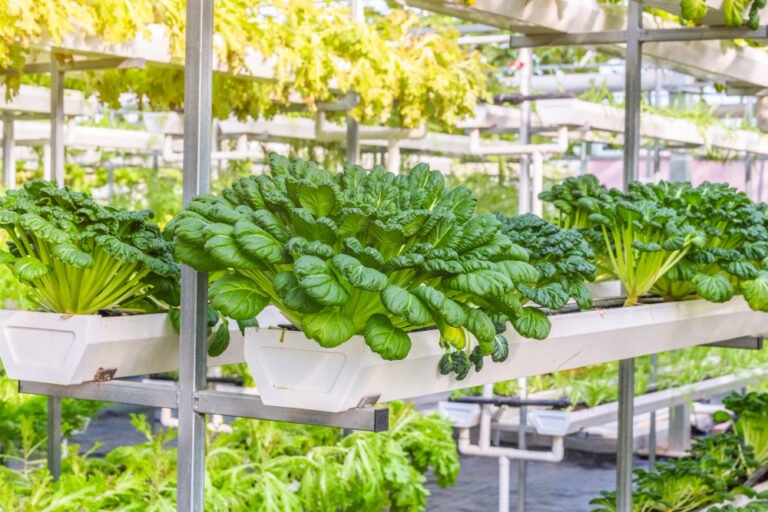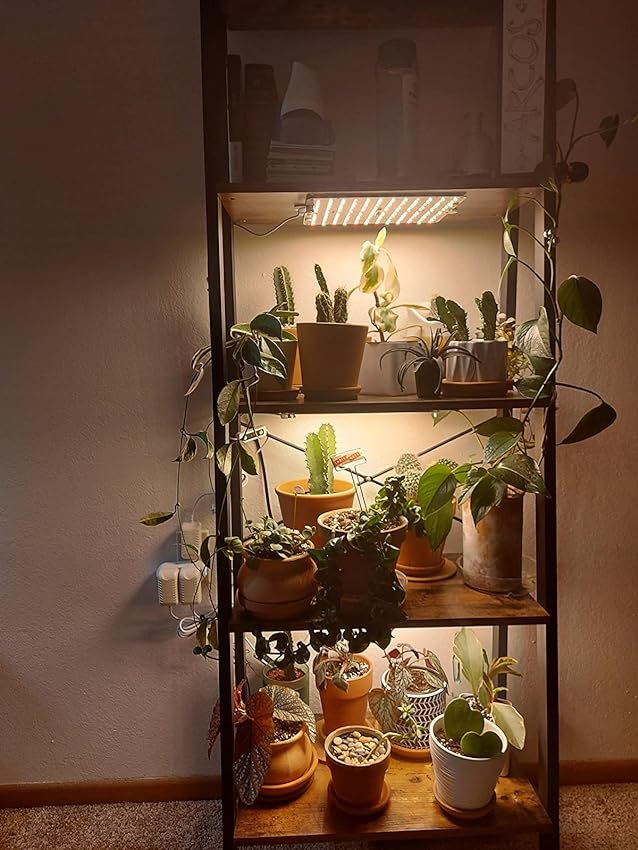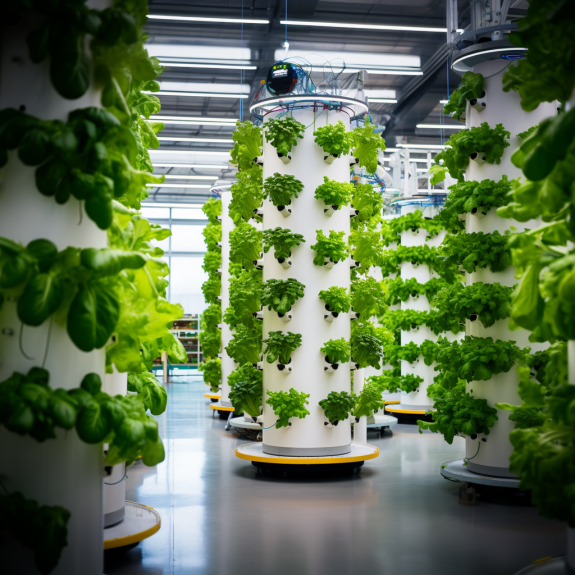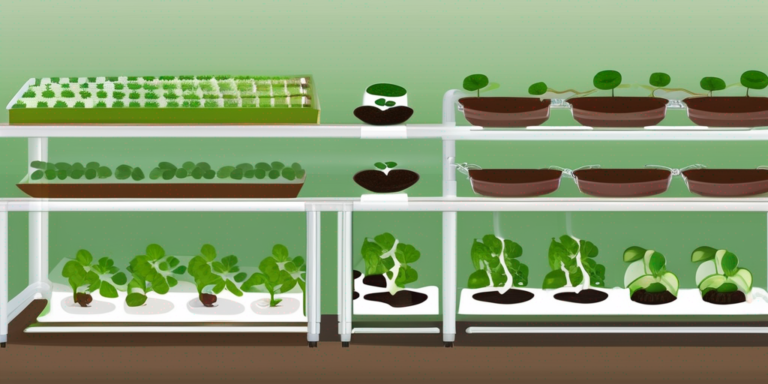Overview
What is hydroponics?
Hydroponics is a soil-less growing method that allows you to cultivate plants in water-based nutrient solutions. It’s a fascinating technique that offers several advantages over traditional soil-based gardening. With hydroponics, you can grow plants vertically, maximizing space and increasing yield. Additionally, this method eliminates the need for soil, reducing the risk of soil-borne diseases and pests. There are various types of hydroponic systems available, each with its own unique benefits and requirements. From deep water culture to nutrient film technique, you have plenty of options to choose from based on your needs and preferences.
Advantages of hydroponics
Hydroponics offers several advantages that make it an attractive option for growing plants. First, it allows you to maximize space as hydroponic systems can be set up vertically, making it possible to grow more plants in a smaller area. Second, it conserves water as the nutrient-rich water used in hydroponics is recirculated, reducing water consumption compared to traditional soil-based gardening. Third, it provides precise control over nutrient levels as you can tailor the nutrient solution to meet the specific needs of your plants. Lastly, hydroponics eliminates the need for soil, reducing the risk of soil-borne pests and diseases. With these advantages, hydroponics is a great way to achieve sustainability by mastering aquaponics.
Types of hydroponic systems
When it comes to hydroponic systems, there are several options to choose from. Each type of system has its own unique advantages and considerations. One popular type of system is the nutrient film technique (NFT), which involves a thin film of nutrient-rich water flowing over the roots of the plants. Another option is the deep water culture (DWC) system, where the plants are suspended in a nutrient solution with their roots submerged. Additionally, there is the ebb and flow system, which periodically floods the plants with nutrient solution before draining it away. These different systems offer flexibility and allow for customization based on the specific needs of your plants. By utilizing these innovative techniques, you can create a greener future by reducing water usage and eliminating the need for soil.
Setting up a Hydroponic System

Choosing the right location
When it comes to choosing the right location for your hydroponic system, there are a few key factors to consider. First, you’ll want to find a space that receives plenty of natural light or has access to artificial lighting. This is crucial for the growth and development of your plants. Additionally, you’ll want to ensure that the location is easily accessible for maintenance and monitoring. Remember, you’ll need to regularly check on your plants, adjust nutrient levels, and monitor pH levels. Finally, consider the temperature and humidity of the space. Most plants thrive in temperatures between 65°F and 75°F, with humidity levels around 50%. By taking these factors into account, you can create an optimal environment for your hydroponic garden.
Selecting the appropriate hydroponic system
When it comes to selecting the appropriate hydroponic system, you have several options to choose from. One popular choice is the Nutrient Film Technique (NFT) system, which involves a thin film of nutrient solution flowing over the roots of the plants. Another option is the Deep Water Culture (DWC) system, where the roots are submerged in a nutrient-rich solution. Alternatively, you could consider the Drip Irrigation system, which delivers nutrient solution directly to the roots using a network of tubes and emitters. Each system has its own advantages and considerations, so it’s important to do your research and choose the one that best suits your needs.
Essential equipment and supplies
When setting up a hydroponic system, there are several essential equipment and supplies that you will need. These items are crucial for creating the optimal growing environment for your plants. Some of the key equipment includes a grow tray, pumps, tubing, air stones, and grow lights. The grow tray is where the plants are placed and it should be made of a material that is resistant to water and chemicals. Pumps are used to circulate the nutrient solution through the system, ensuring that the plants receive a constant supply of nutrients. Tubing is used to connect the various components of the system, while air stones provide oxygen to the roots of the plants. Lastly, grow lights are essential for providing the necessary light energy for photosynthesis to occur. With these essential equipment and supplies, you can create a successful hydroponic system and enjoy the benefits of soil-less gardening.
Nutrient Solutions and pH Levels

Understanding nutrient solutions
Now that you have a basic understanding of hydroponics, let’s dive deeper into the importance of nutrient solutions. In a hydroponic system, plants rely on nutrient solutions to provide them with the essential elements they need to grow and thrive. These solutions are carefully formulated to ensure that plants receive the right balance of nutrients, including nitrogen, phosphorus, and potassium, as well as trace elements like iron and magnesium. Maintaining the correct nutrient solution is crucial for the health and productivity of your plants. It’s like giving them a balanced diet to support their growth. Agriculture in zero gravity is one area where hydroponics has shown great potential. By providing plants with the necessary nutrients directly, without the need for soil, hydroponics can be used to grow crops in space or other environments where traditional farming methods are not feasible. The ability to grow food in these challenging conditions could have a significant impact on future space exploration and colonization.
Importance of maintaining pH levels
Maintaining the pH levels in a hydroponic system is crucial for the successful growth of plants. pH levels determine the availability of nutrients to the plants, and any imbalance can lead to nutrient deficiencies or toxicities. pH affects the solubility and uptake of essential minerals by the plants’ roots. To maintain the optimal pH range, it is important to regularly test the nutrient solution and make adjustments as necessary. There are various methods to adjust pH levels, such as using pH adjusters or adding acid or alkaline solutions. It is recommended to monitor pH levels daily and make small adjustments to ensure a stable and ideal environment for plant growth.
Choosing the right nutrients for your plants
Now that you have an understanding of nutrient solutions and the importance of maintaining pH levels, let’s talk about choosing the right nutrients for your plants. Nutrients are essential for the growth and development of plants, and in a hydroponic system, it is important to provide them in the right amounts and ratios. There are various types of nutrient solutions available in the hydroponics market, each formulated to meet the specific needs of different plants. Some common nutrients include nitrogen, phosphorus, and potassium, which are often represented by their chemical symbols N, P, and K. It is important to choose a nutrient solution that is suitable for the type of plants you are growing and adjust the nutrient levels as needed throughout the growth cycle. By providing the right nutrients, you can ensure that your plants thrive and produce healthy, bountiful harvests.
Growing Plants Hydroponically

Germinating seeds in a hydroponic setup
Once you have set up your hydroponic system, it’s time to start germinating seeds. This is an important step in the process of aquaponic system plant production. To germinate seeds in a hydroponic setup, you will need to create the ideal conditions for seedling growth. This includes providing the right amount of water, nutrients, and light. You can use a seedling tray or rockwool cubes to sow the seeds. Make sure to keep the environment warm and humid to promote germination. Once the seeds have sprouted, you can transplant the seedlings into the hydroponic system for further growth. Remember to monitor the pH levels and adjust the nutrient solution as needed to ensure healthy plant development.
Transplanting seedlings into the system
Once your seedlings have reached the appropriate size, it’s time to transplant them into your hydroponic system. This step is crucial for the success of your plants’ growth. Transplanting seedlings allows them to take advantage of the nutrient-rich water in the system. To ensure a smooth transition, gently remove the seedlings from their original containers and place them into the growing medium of your hydroponic system. Make sure the roots are properly positioned and covered. After transplanting, monitor the plants closely to ensure they adjust well to their new environment. Remember to provide adequate water and nutrients as needed. Transplanting seedlings into a hydroponic system is an exciting and rewarding process that allows you to see your plants thrive in a soil-less environment.
Monitoring and adjusting environmental factors
Now that your plants are growing hydroponically, it’s important to monitor and adjust the environmental factors to ensure their optimal growth. One key aspect to consider is the nutrient solution. Regularly check the pH levels of the solution and make any necessary adjustments to maintain the ideal range for your plants. Additionally, keep an eye on the temperature and humidity levels in the growing area. These factors can affect the overall health and development of your plants. Lastly, don’t forget to regularly inspect the root system to analyze any potential issues such as the presence of harmful bacteria like Bacillus subtilis. By closely monitoring and adjusting these environmental factors, you can create the perfect conditions for your hydroponic plants to thrive.
Conclusion

Benefits of hydroponics for sustainable agriculture
If you’re looking for a sustainable way to grow plants, hydroponics is the way to go. With hydroponics, you can grow plants without the need for soil, which means you can save valuable land resources. Hydroponics also uses less water compared to traditional soil-based gardening, making it an environmentally friendly option. Additionally, hydroponic systems allow for precise control over nutrient levels, pH levels, and other environmental factors, ensuring optimal plant growth. By implementing hydroponics in agriculture, we can reduce the reliance on conventional farming methods and overcome the challenges key in weathering. It’s a game-changer for sustainable agriculture!
Future prospects of hydroponics
Looking ahead, the future of hydroponics looks promising. With the increasing demand for sustainable and efficient farming methods, hydroponics offers a viable solution. Its ability to grow plants without soil, using less water and space, makes it an attractive option for urban farming and areas with limited arable land. Additionally, advancements in technology and automation are making hydroponics more accessible and easier to manage. As more research and development is dedicated to this field, we can expect even greater innovations and improvements in the hydroponics industry. Whether it’s for personal use or large-scale commercial farming, hydroponics holds immense potential for the future of agriculture.
Final thoughts on hydroponic gardening
In conclusion, hydroponic gardening offers numerous benefits for sustainable agriculture. By eliminating the need for soil, hydroponics conserves water, reduces the use of pesticides, and allows for year-round cultivation. The future prospects of hydroponics are promising, as it has the potential to revolutionize the way we grow food. Whether you’re a seasoned gardener or a beginner, hydroponic gardening provides an exciting and efficient method to grow plants. So why not give it a try and start your own hydroponic garden today?
In conclusion, growing plants using the Ponics method is a sustainable and efficient way to cultivate a variety of crops. With its innovative design and advanced technology, Grow Plant Ponics offers a comprehensive solution for both amateur and professional gardeners. Whether you’re looking to start your own garden or expand your existing one, Grow Plant Ponics provides the tools and expertise needed to succeed. Visit our website today to learn more about our products and take the first step towards a greener future.

